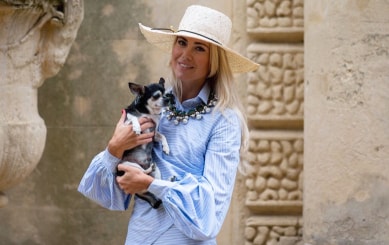Do you ever wonder why sometimes when you travel to a completely unfamiliar country, with its own unique culture and traditions, you can sometimes uncover a level of personal comfort and peace that you couldn’t even find at home?
I could barely sleep on the BA overnight flight to Lima in anticipation of this magical destination. Cusco, the historic capital of the Inca Empire, was somewhere I had always wanted to visit, but somehow it kept getting postponed due to career hurdles followed by two pregnancies. The ancient city, which archaeologists believe to be the largest empire in pre-Columbian America, before the Spaniards conquered it in 1500s, is truly astounding.
As I walk through Cusco’s winding streets there are layers upon layers of history and culture. I saunter up and down paths made of cobblestones and adorned with precious antique doors, through hideaway courtyards with local women in the most ornate hats and accompanied by alpacas. Yes, it’s a city of the poor: the little girl selling woven belts as her little sister is strapped to her back, the wizened old lady sitting on the curb side hoping to sell some of her handicrafts to a dwindling mob of tourists. Yet, most of the people you see are direct descendants of those proud, brilliant rulers of the Andes. As I take photos, I try to remain a fly on the wall. The spirit of the place gives a strong sensation of the miraculous, even a certain sagacity, that no words need to be exchanged here. I just capture the moment quietly through my lens.
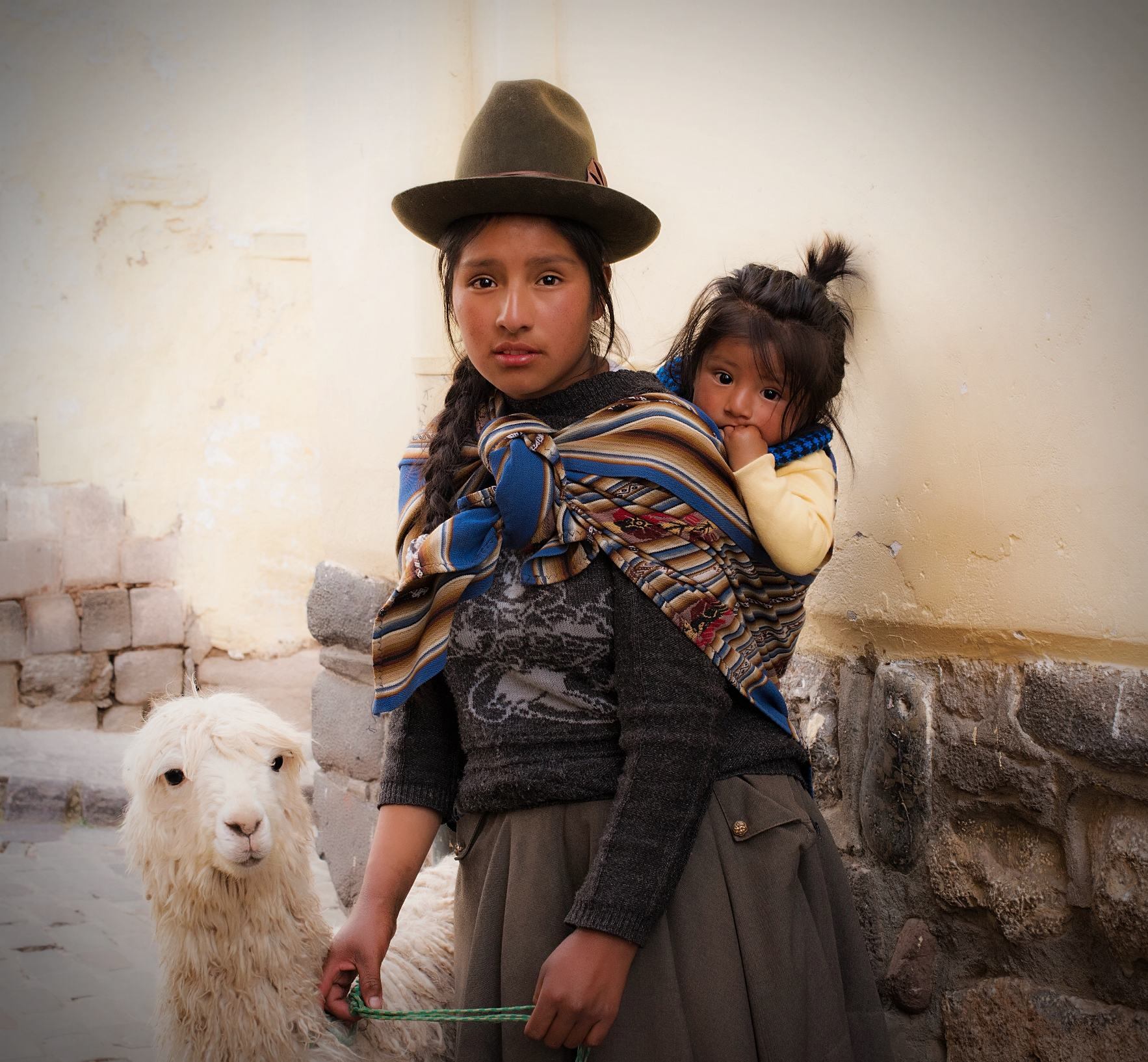
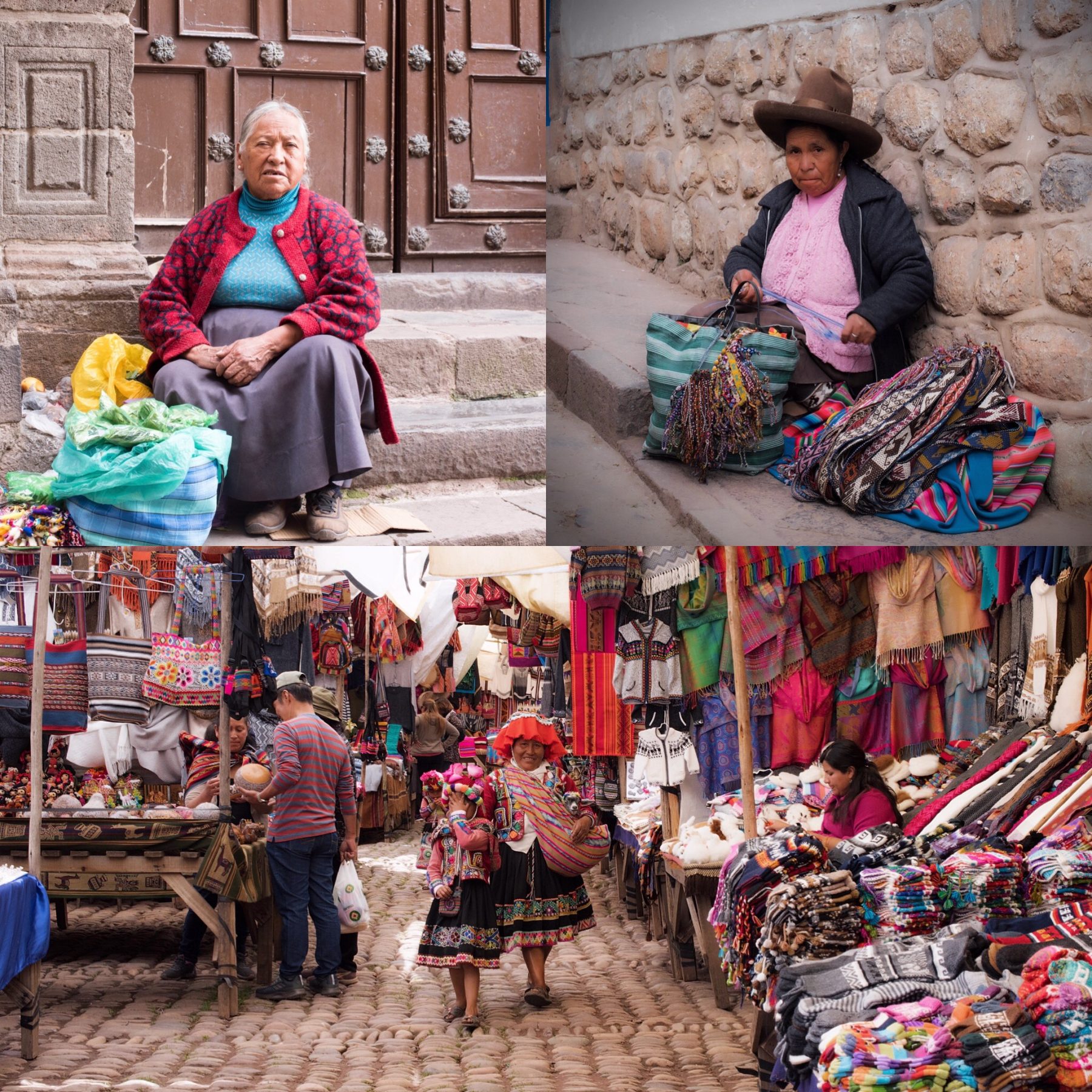
My next stop is The Plaza de Armas, where there are many restaurants and cafes, and the Cathedral, which stands in the centre of it. The Cathedral is functioning and open to the public. Inside there is a collection of more than 400 paintings from the 16th and 17th Centuries, made with native Andean influence, as well as an impressive silver altar and gothic looking choir stalls carved from cedar. Not far from there, you’ll see a church, La Compania de Jesus, with an impressive baroque façade and large green doors. At one point, the grandeur of the building threatened to surpass that of the main cathedral, however the original architectural plan still went ahead.
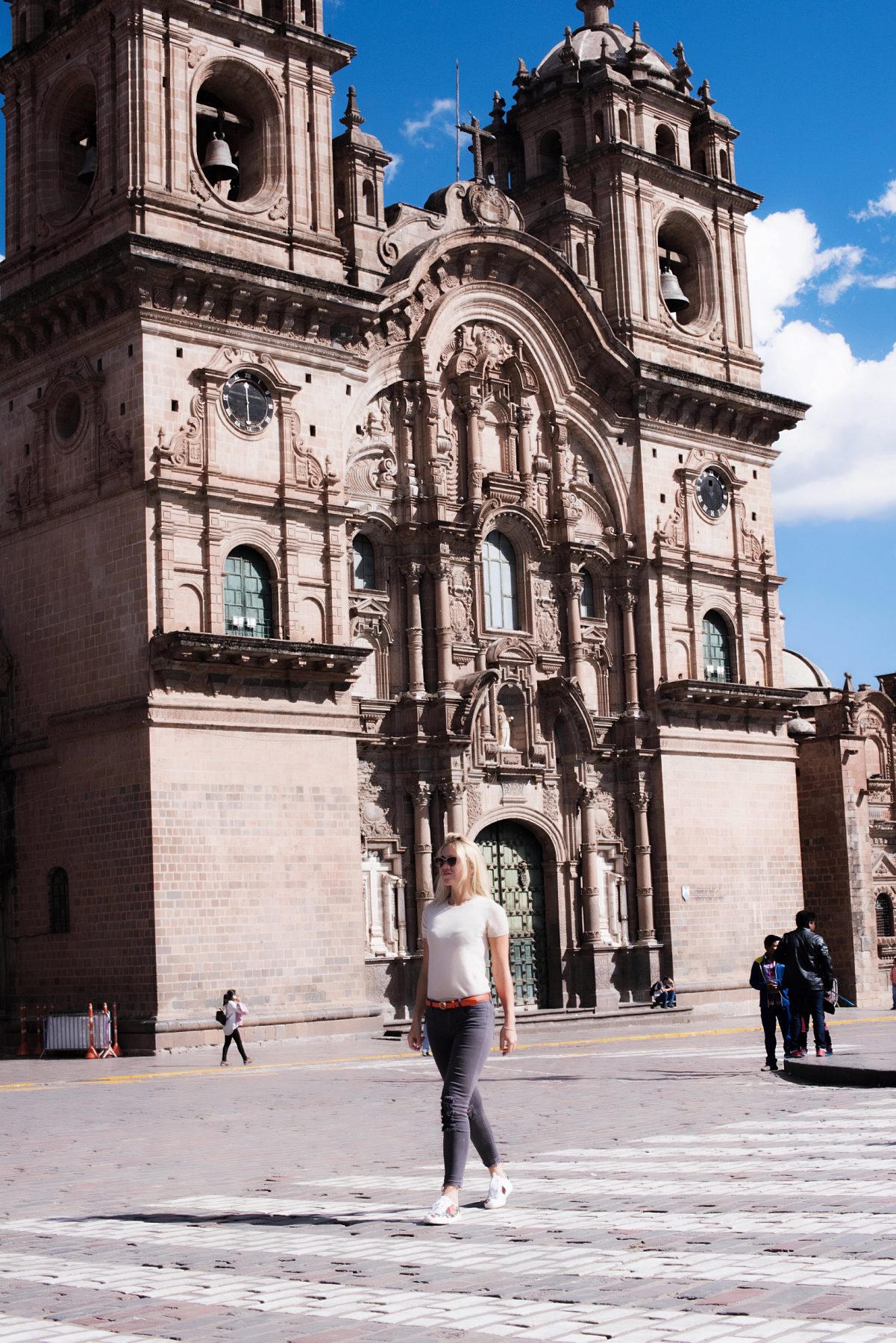
The main square is a fantastic place to stop for lunch and the ceviche game is strong here. In fact, I had this traditional South American cured fish dish almost every day in Cusco – trout ceviche, mixed fish ceviche, scallop ceviche, you name it! In the day it is accompanied by coco tea and in the evening a refreshing Pisco sour. Coco tea is offered everywhere as a way to help altitude sickness, which luckily I didn’t notice much, other than a little light-headedness on arrival. You do notice a shortness of breath when hiking, especially as you get higher up, and I did get a little winded on the first day of our trek (watch this space for that story!).
Wandering through all the little shops to hunt down a perfect alpaca sweater for my little ones, we stumbled upon the San Blas neighbourhood. It rises on a hill to the northeast of the Plaza De Armas. Here, there are many small art galleries and artisan workshops, just as there have been since Inca times. On Saturdays this area becomes crammed with colourful market stalls selling handmade jewellery, ceramics, weavings and other local crafts. At the end of the plaza is the adobe church of San Blas, from the early 16th Century. It has a dazzling ornate gold baroque altar and an exceptional pulpit carved from a single tree. Legend has it that the skull upon which the sculpture of St. Paul rests his foot belongs to the pulpit’s creator.
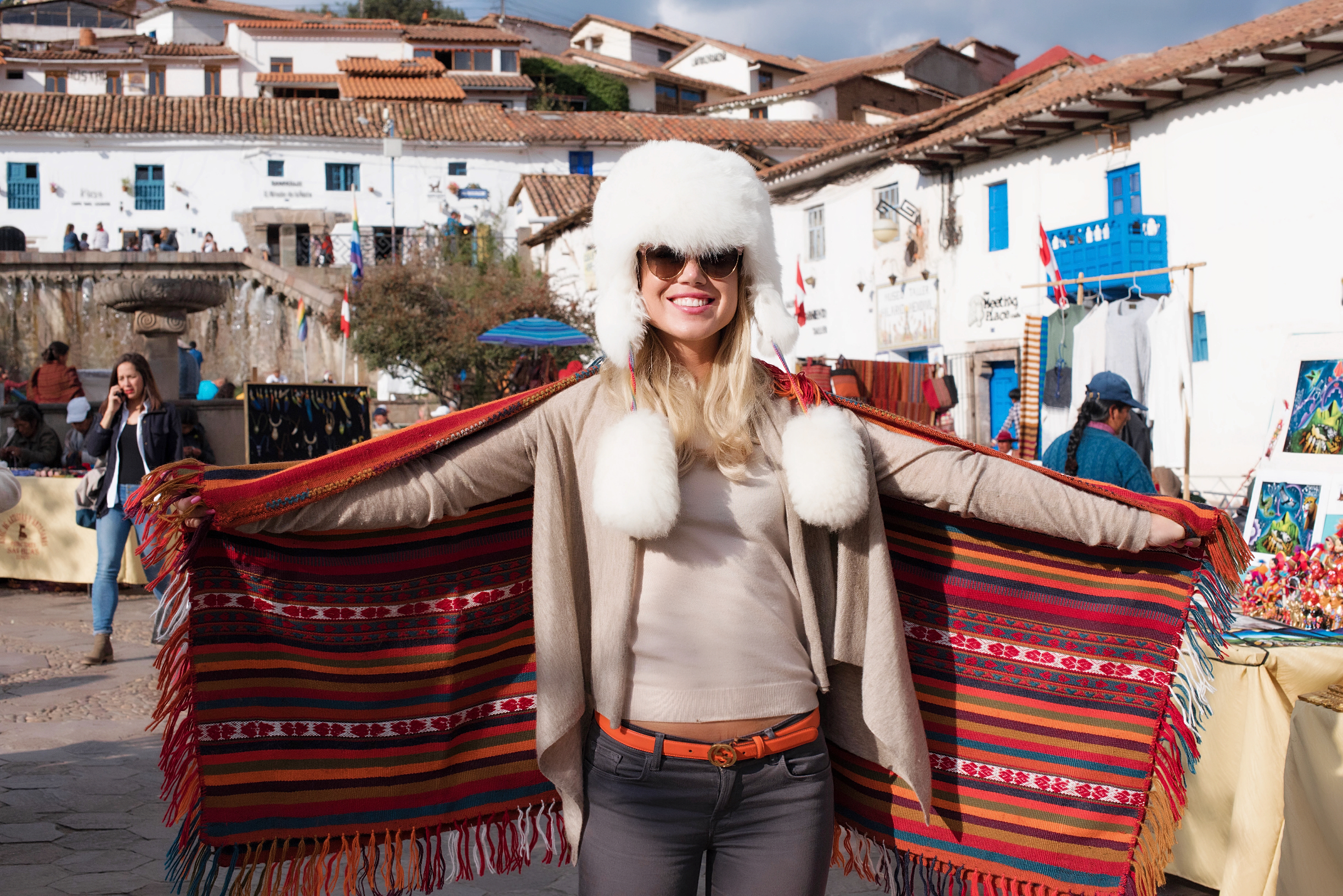
As the night approaches and we make our way back to our luxury hotel ( I recommend JW Marriott), the cheerful and colourful Cusco takes a different form. The city is at its saddest late at night, when old local women huddle in the narrow streets beside tiny stoves on which corn is roasting.
However, somewhere in the far the latino music is buzzing and a busy crowd of tourists is pouring into bars and restaurants. Most of Cusco’s nightlife, tourist bars and nightclubs are found near to the main plaza; I recommend to try the local cocktails , also their special Pisco sour and “Cerveza Cusqueña” beer. For food, I opted for their local Peruvian cuisine , Cafe Morena and Chicha were both fantastic. And if you want a bit of salsa dancing later, Mama Africa is one of the biggest and most popular nightclubs in Cusco. What’s more, it shows latest Hollywood movies releases during the day.
It gets very cold during the night, as the temperatures can drop to near freezing, with occasional showers as it’s still the end of their wet season. From June to August this Unesco World Heritage site can get very hot, however. It lingered around a comfortable 17C most of my stay.
Go to Cusco for centuries of cultural heritage, astounding Colonial architecture, impressive ruins, a bustling nightlife, and of course ceviche!


